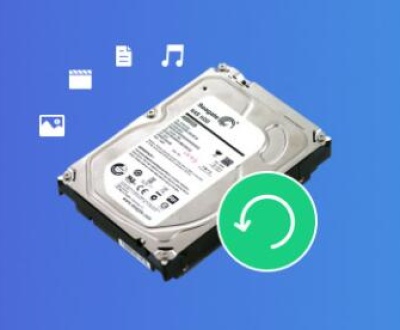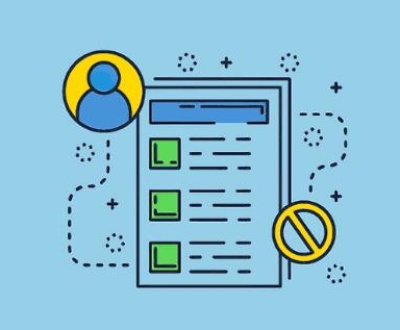Overview: Briefly explain what file access issues are and why they are significant. Mention the impact on productivity and data integrity.
Purpose: State the purpose of the document, which is to provide a comprehensive guide to diagnosing and resolving file access problems.
1. File Access Issues
Definition: Define what file access issues are, including common symptoms like error messages and inability to open files.
Types of File Access Problems: Discuss different types, such as file corruption, permission issues, and hardware failures.
2. Common Causes of File Access Problems
File Corruption: Explain how files can become corrupted due to system crashes, improper shutdowns, or malware.
Permission Issues: Describe how incorrect file permissions can prevent access. Include details on file ownership and user permissions.
Hardware Failures: Discuss how failing hardware, such as hard drives or storage media, can lead to access problems.
Software Conflicts: Mention how conflicts between different software applications can affect file accessibility.
Virus and Malware: Explain how malicious software can corrupt or lock files, making them inaccessible.

3. Diagnosing File Access Issues
Error Messages: Guide on interpreting common error messages related to file access. Include examples and their meanings.
System Logs: Explain how to check system logs for clues about file access problems.
Diagnostic Tools: Recommend tools and utilities for diagnosing file access issues, such as disk repair tools and antivirus software.
4. Resolving File Access Problems
File Recovery: Provide steps for recovering corrupted files using built-in tools or third-party software. Include detailed instructions for using data recovery programs.
Permission Changes: Describe how to change file permissions and ownership in different operating systems (Windows, macOS, Linux).
Hardware Checks: Offer guidance on checking and replacing faulty hardware components. Include steps for testing hard drives and other storage devices.
Software Solutions: Suggest ways to resolve software conflicts and ensure that applications do not interfere with file access.
Virus Removal: Outline steps for removing viruses and malware that may be causing file access issues.
5. Preventive Measures
Regular Backups: Emphasize the importance of regular backups to prevent data loss and ensure file accessibility.
System Updates: Advise on keeping the operating system and software up-to-date to avoid compatibility issues.
Antivirus Protection: Recommend using reliable antivirus software to protect against malware.
Hardware Maintenance: Suggest routine maintenance checks for hardware components to prevent failures.
6. Case Studies
Real-Life Examples: Provide a few case studies or examples of file access issues and how they were resolved. This can include scenarios with different causes and solutions.
7. Conclusion
Summary: Recap the key points covered in the document.
Final Recommendations: Offer final thoughts on best practices for managing file access and ensuring system reliability.
Appendices
Glossary: Define technical terms used in the document.
Resources: List additional resources, such as links to troubleshooting guides and recovery software.
References
Include any sources, tools, or references used in creating the document.
About us and this blog
Panda Assistant is built on the latest data recovery algorithms, ensuring that no file is too damaged, too lost, or too corrupted to be recovered.
Request a free quote
We believe that data recovery shouldn’t be a daunting task. That’s why we’ve designed Panda Assistant to be as easy to use as it is powerful. With a few clicks, you can initiate a scan, preview recoverable files, and restore your data all within a matter of minutes.
Subscribe to our newsletter!
More from our blog
See all postsRecent Posts
- How to save tiktok videos on computer 2025-04-30
- How to watch gopro videos on computer 2025-04-30
- How to save video from blink video doorbell to computer? 2025-04-30

 Try lt Free
Try lt Free Recovery success rate of up to
Recovery success rate of up to









